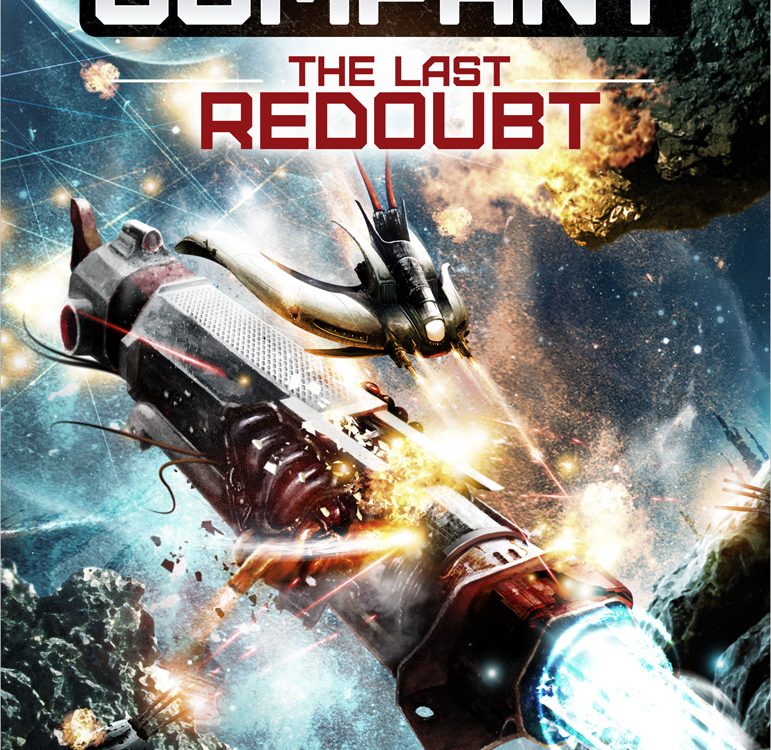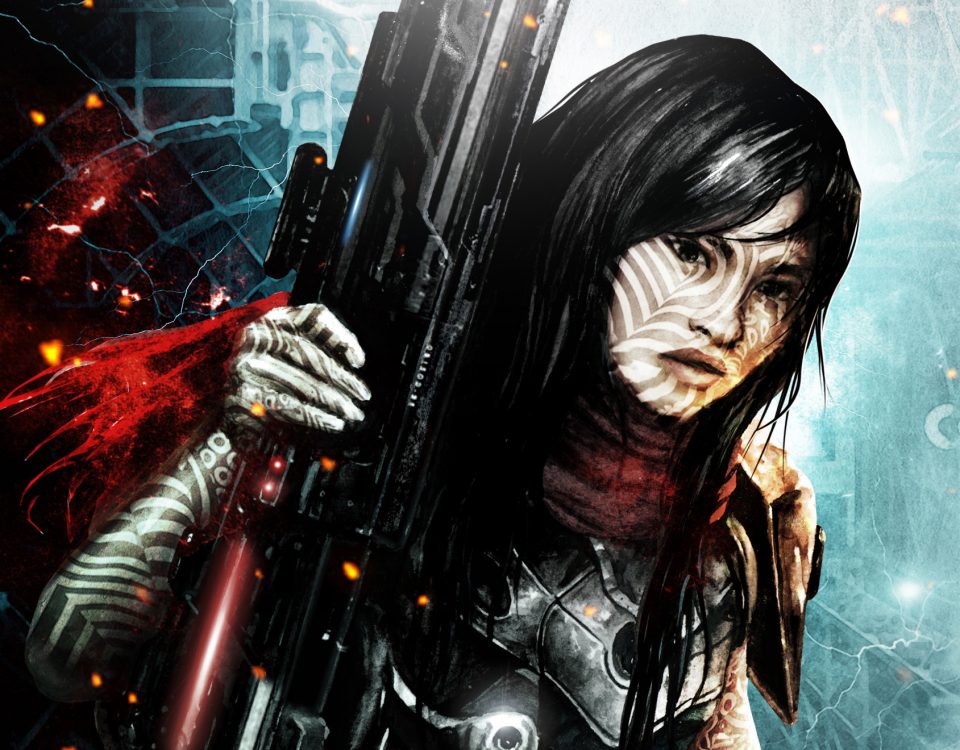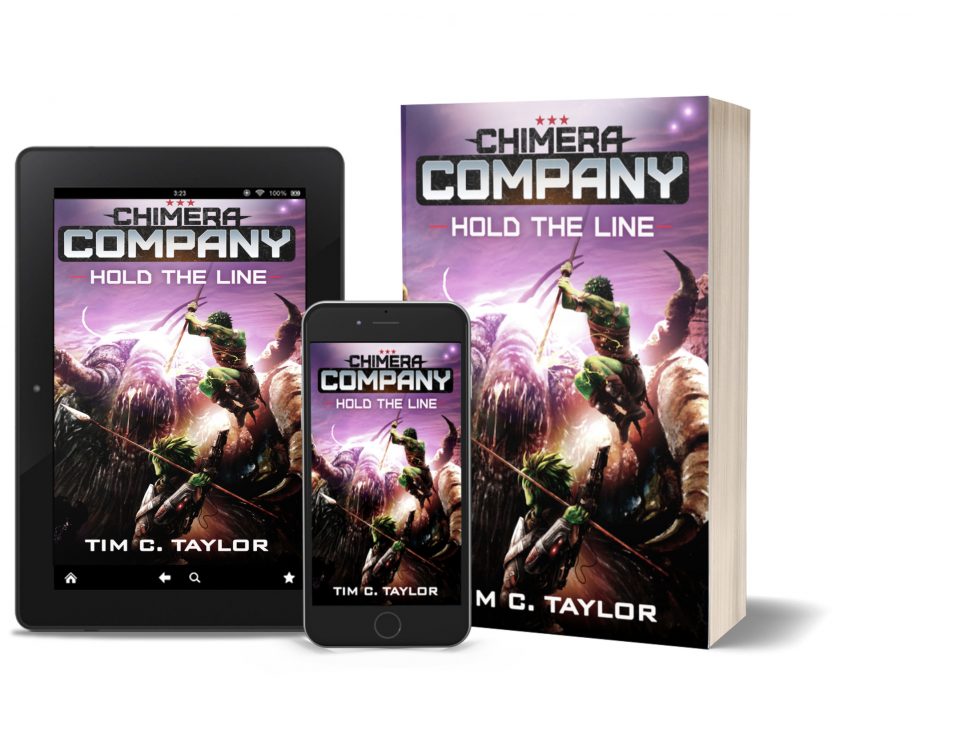
The Six Secrets of Chimera Company
August 30, 2023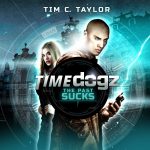
Time Dogz artwork is here
December 20, 2023#3 – “How to channel the Lord of the Rings”
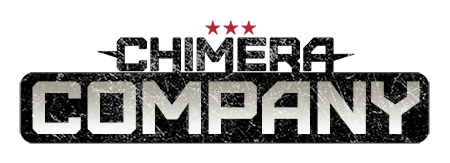
Catch the Rainbow
August 18th, 2023 saw the release of the sixth and final book in the series: The Last Redoubt.
To mark the end of the series I’m publishing the Six Secrets of Chimera Company, in which I’ll delve into one aspect of the series that I find particularly cool, and then spill a few secrets for each book in turn.

If you just want to race ahead and buy the book, here’s the series link on Amazon
Amazon.com | amazon.co.uk | amazon.oz | amazon.ca
You can also try out the series by reading one of the three Chimera Company prequel novelettes (one for each of the following three factions: Legion, Militia, and Special Missions Executive). To get the prequels delivered to your device, Join the Legion here.
Falling off the Edge of the World
Chimera company is a self-contained series. It begins with the three prequel novelettes you receive when you join the Legion (which you can do here) followed by six novels that conclude with The Last Redoubt. I may well do side stories at some point, but The Last Redoubt is a firm conclusion. There will never be a book 7.
However, Chimera Company also fits into the Human Legion Universe, which currently consists of 21 novels by three authors, and more novelettes and short stories than I can remember.
We’ve all read plenty of space opera book series where the initial adventure/ war/ rebellion concludes in the last book, but a few years later and with a slight refresh of the characters we start again with another series. And another. Each with its own box set.
There’s nothing wrong with this at all, but it was not the relationship I wanted between Chimera Company and the rest of the Human Legion Universe.
No, my model for the relationship between Chimera Company and its predecessors was as epic as it gets: The Lord of the Rings.
When Tolkien writes about Middle Earth in the Lord of the Rings, he isn’t setting his tale in a freshly minted world. Rather, he sets it at the end of the Third Age, having already spent decades writing about all three ages and having a fine old time playing with his worldbuilding.
This comes across in the writing, powerfully so.
You can get the sense of a rich history.
Scratch the surface metaphorically, and you’ll find a reason for why the various powers and artifacts and traditions are the way they are, reasons that sometimes stretch back thousands of years.
Scratch the dirt physically and you’ll find buried evidence of earlier great civilizations, long forgotten by common folk. Frodo and Sam do this with the buried statue of a once great king, decapitated by orcs long ago. Who was that king? No one knows. Even Tolkien never said.
With the buried king, Middle Earth almost goes full Ozymandias, except there are the Wise (as Tolkien called them) who know the history that the rest of the world has forgotten. Some of the Wise are so ancient that they remember the great heroes and villains of long ago, can still hear the cries of great battle because they were there.
That’s what I went for when I began Chimera Company. Scratch the surface (literally and figuratively) and you will discover the traces of a history that stretches back thousands of years. For the vast majority of people, what has gone before is mixed with myth and, frankly, not relevant. But there are the Wise who do know. The powerful hoard artifacts and secret knowledge, securing them for a future crisis when they will be needed again. Meanwhile, the galaxy spins on, largely oblivious to its past.

Lonely is the Word
Last time I talked about the one percent rule with my ice world research.
But with my history from the earlier book series, it was more like a 0.1% on show for 99.9% never mentioned, but hopefully that 0.1%gives a rich depth to the chimera company universe.
Last time, we saw the Iceberg Principle (only show 20% of your research) and my new Uranium Principle.
I hereby declare another one: the Soggy Magnesium Principle. (because 0.1% is roughly the percentage of magnesium in seawater.)
And I start with it right out the gate with the GX-cannon deployed in the first few scenes. These are crew-served infantry support weapons that we saw in the Human Legion books. They’ve never been made by humans and their allies because the technology has never been understood. But a few have been carefully hoarded for special occasions. I think I succeeded with my magnesium strategy. There’s a sense of deep past that enriches the storytelling but without burdening it. You never feel you have to pause Chimera Company and go read predecessor series. I’m sure many readers are completely unaware that the Chimera Company books had predecessors, which is exactly what I was after (except when it’s time to earn some money by selling books!)

All the Fools Sailed Away
Chimera Company’s ending also mirrors The Lord of the Rings. In Tolkien’s work, there are many remnants of past glories, mostly centered around the elves and their magic. At the end of the book, the last magic fades and elves leave. Eventually, the dwarves, hobbits and other non-human races of Middle Earth will also fade into myth.
Something similar happens in The Last Redoubt. Those hoarded artifacts are used up. The hidden echoes of an earlier age leave forever.
Naturally, there are an infinite number of thrilling adventures to be had in the galaxy after The Last Redoubt and I may return to them in some form. But that connection to the past is severed.
I have completed book series before, but I’ve never drawn a line to mark the end with such finality. The Last Redoubt really is the end.
Don’t Talk to Strangers

Book 3: Department 9 sees several changes of gear. We have operatives from covert organizations (some of which are supposed to be on the same side…), a more urban environment, and a classic totalitarian dystopia that needs toppling complete with proper boo-hiss dictator.
I put a lot of thought into my dystopia (definitely an iceberg approach rather than a uranium one).
I generally design the politics of my stories and then keep it firmly in the background. As an author, though, you can’t be fully apolitical. If politics is the business of how people should organize themselves into communities – and I’m building interstellar communities here with countless trillions of people – there will be politics.
That being said, you can choose to put politics front and foremost, or sink it into the background to add depth to your richly realized setting.
You know I prefer to write the latter.
That being said, I have on occasion very much enjoyed science fiction novels where politics is to the fore, especially when it doesn’t agree with my personal politics because I find that to be more intellectually interesting.
Unfortunately, such books are exceedingly rare, because it is a vastly more difficult proposition for an author to write a political science fiction novel that challenges its readers’ preconceptions than to write one of unashamed tribalistic polemic. You know, the kind of book where the author takes people they hate in real life, paints a crude caricature of them in their novels to hate at some more, and then make claims that they are somehow ‘holding up a mirror’ to the real world (when really all they are holding a mirror up to is their own bigotry).
One day, I intend to write a full-on political novel, but to write such a work is beyond the intellectual capability of most authors and I feel that I am one of them – at least for the time being.
So what is the nature of the dystopia in Department 9?

We know that the citizens of this dystopia are so fearful of being accused of thoughtcrimes that they wear digital masks that replicate the appearance of the face underneath but strip that face of any expression. We know too that if you witness a crime and don’t report it as soon as it is safe to do so, then you will be charged the same as if you had committed that crime (which leads to friends denouncing each other to the authorities just in case they might have committed a thought crime).
But is this left or right? Fascist or socialist? Is it burn society down and restart at Year Zero, or reactionaries turning the clock back a thousand years? Free markets or planned economy?
I was very, very careful with this. The answer is both and neither.
Nonetheless, as expected, some readers bring their own narratives and fit Department 9’s dystopia to be either the opposite of their political vision or a false portrayal of their ideology.
Which only shows that when I write a novel, I’m only doing half the job. The other half comes from the reader, who will take their personal narratives and experiences of life and use that to breathe life into my words so that the scenes play out vividly in their heads. I find this collaboration incredibly exciting.
The Mob Rules
Book3: Department9 – cover art by Vincent Sammy.


After Operation Redeal’s Dyson Spheres and the kind of cool spacecraft that would make excellent toys, Vincent captures the change of pace by bringing the action down to earth and portraying the urban setting. We focus on Lily Hjon who is sporting the razzle version of her ever-changing tattoo. More on her – and her tattoo – later.
Oh, go on then. This is another view of Lily in the razzle version of her tattoo from long ago in the pre-Theogony era when some of the early Chimera story was released as a weekly serial.

NEXT TIME…
POD PEOPLE…

